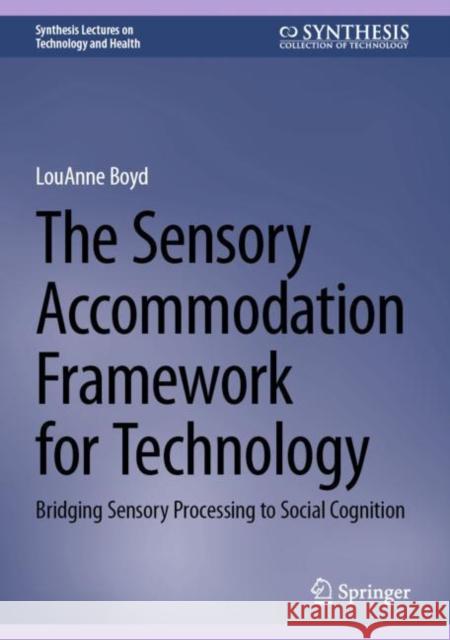The Sensory Accommodation Framework for Technology: Bridging Sensory Processing to Social Cognition » książka
topmenu
The Sensory Accommodation Framework for Technology: Bridging Sensory Processing to Social Cognition
ISBN-13: 9783031488429 / Twarda / 2024 / 124 str.
The Sensory Accommodation Framework for Technology: Bridging Sensory Processing to Social Cognition
ISBN-13: 9783031488429 / Twarda / 2024 / 124 str.
cena 160,99
(netto: 153,32 VAT: 5%)
Najniższa cena z 30 dni: 154,18
(netto: 153,32 VAT: 5%)
Najniższa cena z 30 dni: 154,18
Termin realizacji zamówienia:
ok. 22 dni roboczych
Dostawa w 2026 r.
ok. 22 dni roboczych
Dostawa w 2026 r.
Darmowa dostawa!
Kategorie BISAC:
Wydawca:
Springer International Publishing AG
Seria wydawnicza:
ISBN-13:
9783031488429
Rok wydania:
2024
Ilość stron:
124
Wymiary:
24.0 x 16.8
Oprawa:
Twarda











